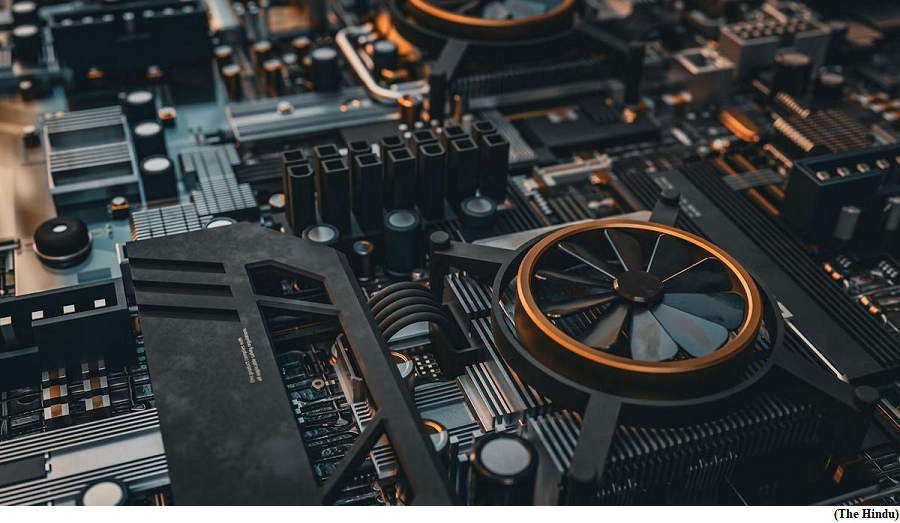Maharashtra latest Maratha quota law (GS Paper 2, Social Justice)

Why in news?
- On February 20, the Maharashtra Assembly unanimously passed a Bill granting 10% reservation in education and government jobs to the Maratha community.
- However, activists have claimed that the new legislation is a “betrayal” of the community and instead seek a Maratha quota carved out from the existing reservation for the Other Backward Classes (OBCs) category.
What does the new Bill entail?
- The Bill does not disturb the existing OBC quota and is distinct from the Maharashtra government’s earlier notification on the issuance of Kunbi caste certificates to eligible Marathas for inclusion within the OBC category.
- Thus, non-Kunbi Marathas will continue to be covered under the new law, making the Maratha community eligible for reservations under two separate categories for the first time. However, those who fall within the “creamy layer” bracket will not be entitled to the benefit.
- The law has been formulated based on a report by the Justice (retired) Sunil B Shukre-led Maharashtra State Backward Class Commission that claims to have surveyed 1,58,20,264 families across the State. It opined that “exceptional circumstances and extraordinary situations” justify granting reservation to the community beyond the Supreme Court-approved 50% limit.
- While concluding that the Marathas constitute 28% of the State’s population, with 84% of them qualifying as not advanced, it pointed out that such a large backward class cannot be added to the existing reserved categories.
- The Commission also attributed extreme poverty, decline in agricultural income, and partitions in land holdings as reasons for the declining status of the Marathas.
Reservations in Maharashtra:
- Maharashtra already has 52% reservations, split into Scheduled Castes (13%), Scheduled Tribes (7%), OBC (19%), Vimukta Jati (3%), Nomadic Tribe B (2.5%), Nomadic Tribe C (3.5%), Nomadic Tribe D (2%), and Special Backward Classes (2%).
- The 10% Economically Weaker Sections (EWS) reservation is also applicable to the State — making the total reservation pool 72% with the inclusion of the new quota.
When was the demand first raised?
- The first-ever bid for implementing a law to extend reservation to the Marathas was in 2014 when a non-statutory committee headed by veteran leader Narayan Rane submitted a report to the then Prithviraj Chavan-led Congress-NCP Democratic Front government, stipulating that the Marathas constitute 32% of the population in the State and needed economic upliftment in the form of a special quota.
- Accordingly, the government passed an ordinance reserving 16% of government jobs and seats in educational institutions for Marathas and 5% for Muslims.
- However, the Bombay High Court passed an interim order staying the ordinance, pointing out that findings of previous committees such as that of the National Commission for Backward Classes have shown that the Marathas cannot be regarded as a backward class.
- Referring to the apex court’s landmark verdict in Indra Sawhney versus Union of India (1992), the Court underscored that the 50% cap for reservations cannot be breached except “in extraordinary situations and for extraordinary reasons.”
What has the Supreme Court said?
- Following its failed attempt, the government constituted an 11-member statutory commission — the Maharashtra State Backward Class Commission headed by Justice (retired) N.G. Gaikwad to conduct a survey.
- In its report submitted on November 15, 2018, the Commission recommended granting Marathas 12% reservation in higher education and 13% reservation in public employment.
- Based on this, the government on November 30, 2018, implemented the Maharashtra State Reservation for Socially and Educationally Backward Classes (SEBC) Act, 2018, which provided the Marathas 16% quota overall in education and government jobs.
- However, in May 2021, a five-judge Constitution Bench of the Supreme Court in Jaishri Laxmanrao Patil versus Chief Minister, Maharashtra struck it down and held that there were no “exceptional circumstances” that merit the government breaching the 50% ceiling limit to bestow quota benefits on the Maratha community.
- Declining to revisit its Indira Sawhney verdict, the Court said that the 50% cap is now constitutionally recognised. Dismissing the findings of the Gaikwad Commission, the Court observed that the Marathas are a “dominant forward class and are in the mainstream of national life.”
AI has a big and growing carbon footprint, but algorithms can help
(GS Paper 3, Science and Technology)
Context:
- The energy needs of artificial intelligence (AI) models are a part of the climate problem as a solution.
- The emissions come from the infrastructure associated with AI, such as building and running the data centres that handle the large amounts of information required to sustain these systems.




